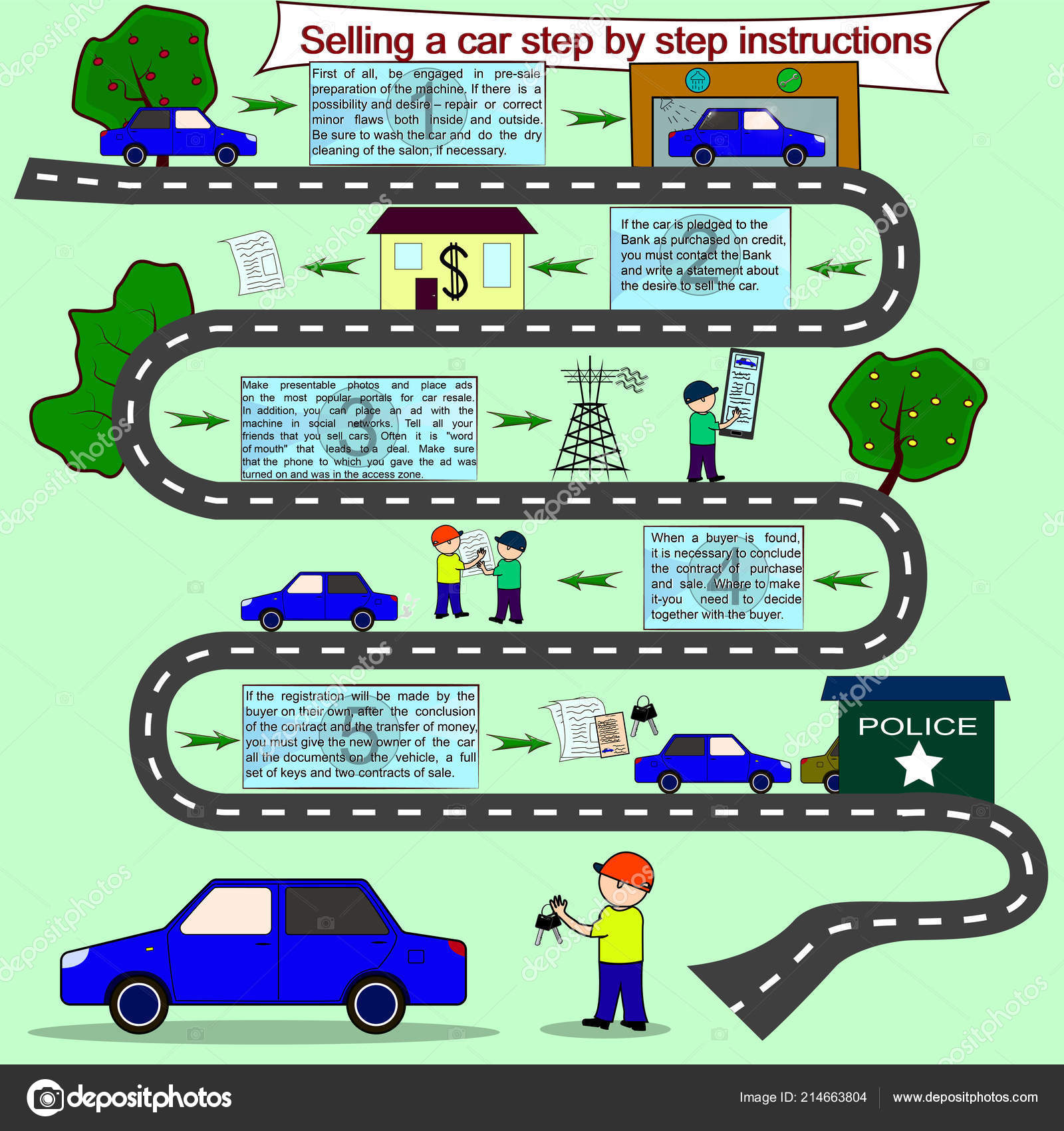Intrigued In Understanding The Warning Lights On Your Cars And Truck'S Dashboard? Discover Their Value For Your Car'S Safety And Security And General Condition
Intrigued In Understanding The Warning Lights On Your Cars And Truck'S Dashboard? Discover Their Value For Your Car'S Safety And Security And General Condition
Blog Article
Authored By-Lauritsen Torres
When you're behind the wheel, those beautiful warning lights on your control panel can be a little bit difficult. Do you know what they're trying to tell you regarding your car's health and wellness? Understanding the importance of these lights is vital for your security and the longevity of your vehicle. So, the following time one of those lights appears, would not you want to decipher its message precisely and take the needed steps to resolve it?
Common Caution Lighting and Interpretations
Identify usual caution lights in your car and understand their definitions to make sure secure driving.
One of the most normal caution lights consist of the check engine light, which signals problems with the engine or exhausts system. If this light comes on, it's important to have your vehicle examined quickly.
The oil pressure alerting light shows low oil stress, needing immediate attention to avoid engine damages.
A flashing battery light might suggest a malfunctioning charging system, possibly leaving you stranded otherwise attended to.
The tire stress tracking system (TPMS) light signals you to low tire stress, affecting automobile security and fuel efficiency. Overlooking this can result in risky driving conditions.
The abdominal light shows a trouble with the anti-lock braking system, compromising your capability to stop promptly in emergencies.
Last but not least, the coolant temperature advising light warns of engine overheating, which can lead to serious damages otherwise fixed swiftly.
Understanding these common caution lights will certainly help you resolve problems immediately and preserve safe driving conditions.
Relevance of Prompt Focus
Comprehending the common warning lights in your vehicle is only the initial step; the significance of promptly attending to these cautions can not be stressed sufficient to ensure your safety on the road.
When a warning light illuminates on your dashboard, it's your car's method of interacting a possible issue that needs attention. Overlooking these cautions can cause more severe troubles down the road, compromising your safety and possibly costing you extra in repairs.
Prompt focus to warning lights can stop failures and crashes. For example, a blinking check engine light might show a misfire that, if left neglected, can create damage to the catalytic converter. Addressing this promptly can save you from an expensive repair work.
In a similar way, a brake system cautioning light might signify low brake fluid or used brake pads, essential elements for your security when driving.
DIY Troubleshooting Tips
If you observe a warning light on your control panel, there are a few do it yourself repairing pointers you can attempt before seeking professional help.
https://andersonupkfz.techionblog.com/32121526/mobile-vehicle-outlining-comfort-satisfies-high-quality-for-your-automobile is to consult your auto's handbook to comprehend what the certain warning light suggests. Sometimes the issue can be as simple as a loosened gas cap triggering the check engine light. Tightening the gas cap might settle the issue.
One more usual concern is a reduced battery, which can trigger numerous alerting lights. Checking the battery links for corrosion and ensuring they're secure could deal with the trouble.
If a caution light persists, you can attempt resetting it by disconnecting the cars and truck's battery for a few minutes and afterwards reconnecting it. Furthermore, checking your vehicle's fluid levels, such as oil, coolant, and brake liquid, can help fix cautioning lights connected to these systems.
Conclusion
To conclude, recognizing your automobile's warning lights is essential for keeping your vehicle running efficiently and safely. By promptly attending to these notifies and recognizing what they suggest, you can avoid costly repair services and potential failures.
Keep in mind to consult your auto's manual for specific details on each alerting light and take action appropriately to make certain a trouble-free driving experience.
Stay educated, stay risk-free when driving!
